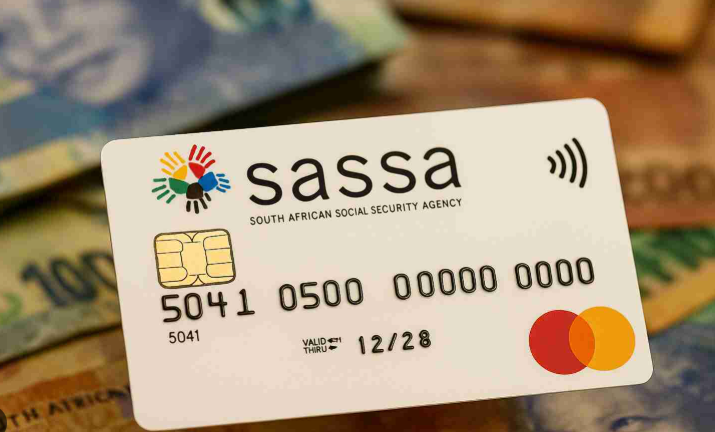The R370 Social Relief of Distress (SRD) grant provides a critical lifeline for millions of South Africans, yet its value is increasingly being questioned in the face of relentless inflation. This article examines the real-world purchasing power of the grant, contrasts it with the actual cost of living, and explores the ongoing discussion around more sustainable social support systems.
The Widening Gap Between the Grant and Reality
When the SRD grant was first introduced, it offered a temporary buffer against extreme poverty. However, the grant amount has failed to keep pace with the rising cost of essential goods. Civil society organizations have consistently raised alarms about this disparity. According to data tracked by the Pietermaritzburg Economic Justice & Dignity (PMBEJD) Group, food inflation has significantly eroded the grant's value. Their Household Affordability Index regularly shows that the cost of a basic nutritional food basket far exceeds what the grant can cover.
This means that for recipients, the R370 is exhausted long before all essential needs are met, forcing impossible choices between food, transport, electricity, and personal hygiene products.
What Can R370 Actually Buy?
To put the grant's value into perspective, consider a minimal shopping list for one person for a month:
-
Maize Meal (5kg)
-
Brown Bread (4 loaves)
-
Sugar (1kg)
-
Cooking Oil (750ml)
-
A small bag of potatoes
-
A small bag of onions
-
2 tins of fish or a small tray of chicken portions
In most major urban and rural centres, the total cost of just these few items now consumes the entire R370, leaving absolutely no funds for other non-negotiable expenses like transport to collect the grant, seek work, or access healthcare.
An Expert View: Measuring Against the Poverty Line
From a policy and economic standpoint, the most telling metric is how the SRD grant measures up against South Africa's official poverty lines, as defined by Stats SA.
-
The Food Poverty Line (FPL): This is the amount of money an individual needs to afford the minimum required daily energy intake. As of the latest official data, the FPL stands at approximately R760 per month. The R370 SRD grant is less than 50% of this bare minimum required to avoid severe nutritional deprivation.
-
The Lower-Bound Poverty Line (LBPL): This includes non-food items and is set higher, at over R1,000. The grant does not even approach this figure.
An expert view concludes that while the grant prevents total destitution for many, it is not sufficient to lift individuals out of poverty or provide a dignified standard of living. It functions as a distress signal flare, not a life raft.
The Path Forward: The Basic Income Grant Conversation
The inadequacy of the R370 has intensified calls for a more permanent and substantial Universal Basic Income (UBI), often referred to as a Basic Income Grant (BIG) in the South African context. Proponents argue that a BIG should, at the very least, be pegged to the Food Poverty Line (R760). This would ensure recipients can meet their most basic nutritional needs.
While debates continue around the fiscal affordability of such a grant, there is a growing consensus among social policy experts that the current R370 is an unsustainable solution to a long-term structural problem. As the cost of living continues its upward climb, the pressure will mount on policymakers to bridge the gap between social relief and a grant that truly enables survival and dignity.

